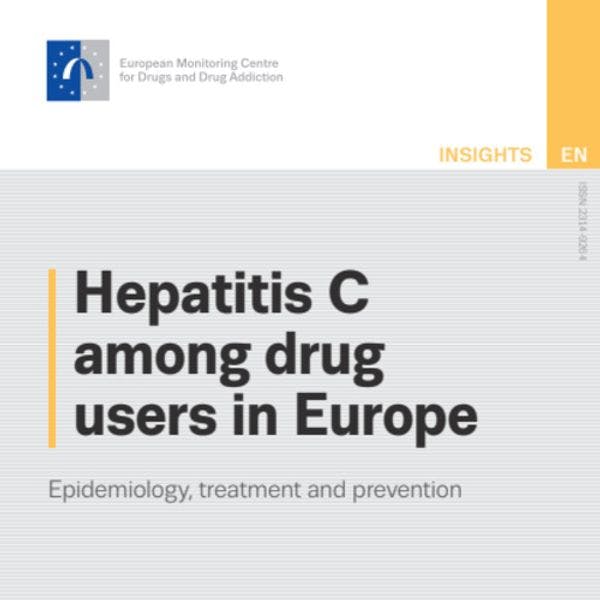Hepatitis C entre usuarios de droga en Europa: epidemiología, tratamiento y prevención
El OEDT ofrece tanto a profesionales de la salud como a los responsables de políticas públicas un análisis de la situación epidemiológica actual, la reducción de daños y las medidas de tratamiento en relación a las infecciones de HCV en Europa. Más información, en inglés, está disponible abajo.
Suscríbase a las Alertas mensuales del IDPC para recibir información sobre cuestiones relacionadas con políticas sobre drogas.
Hepatitis C is a disease of the liver caused by the hepatitis C virus (HCV), which if not resolved can lead to chronic liver disease, cirrhosis and cancer. The disease, which affects many millions of people worldwide, is communicable and is spread by contact with infected blood or other bodily fluids. In Europe, the key risk group for HCV infection is people who inject drugs. High rates of HCV infection are commonly found in this group and people with an injecting history, however brief, as well as current injection drug users, are still unaware of their infection status. There are now new opportunities for effective treatment and prevention that, if scaled up sufficiently in Europe, could contribute to a significant reduction in the health harms associated with this disease.
This Insights publication provides both practitioners and policymakers with an analysis of the current epidemiology, harm reduction and treatment measures in relation to HCV infection in Europe. It also covers the barriers to treatment and examples of treatment scale-up and services organisation. Specifically, it provides an up-to-date overview of the new antiviral treatments that have become more available since 2014 and a review of HCV treatment initiatives in Europe. Finally, it presents and discusses modelling projections on the combined effects and synergies of different harm reduction interventions, and examines where improvements in data availability are needed to better inform policy and practice in this area.
Chapter 1 gives an insight into the size of the public health problem related to hepatitis C in Europe, both in the general population and among people who inject drugs. The chapter provides information on the estimation of the size of drug-injecting populations and describes the measures in place to prevent HCV infections among these groups. Worldwide, it is estimated that about 1.6 % of the population, or 115 million people, has ever been infected with HCV and that about two-thirds of the infections are active. In Europe, people who inject drugs, or have done so in the past, are now the main group affected. In many countries, prevalence of infection among samples of drug users is high, commonly in the range of 40–80 %. The chapter warns about new infections and likely ongoing transmission, but also about the fact that the coverage of interventions such as opioid substitution treatment and needle and syringe programmes in some countries continues to be low, when measured against international standards. The chapter identifies important gaps and limitations in our knowledge of the situation and the responses, which exist to varying degrees in many European countries. Chief among these are estimates of the number of people who inject drugs, the incidence and prevalence of HCV infection among this group, and the coverage of the main prevention interventions. Improving surveillance and monitoring in these areas is important for determining the burden of disease and assessing the impact of interventions over time.
Read the publication.
Keep up-to-date with drug policy developments by subscribing to the IDPC Monthly Alert.
